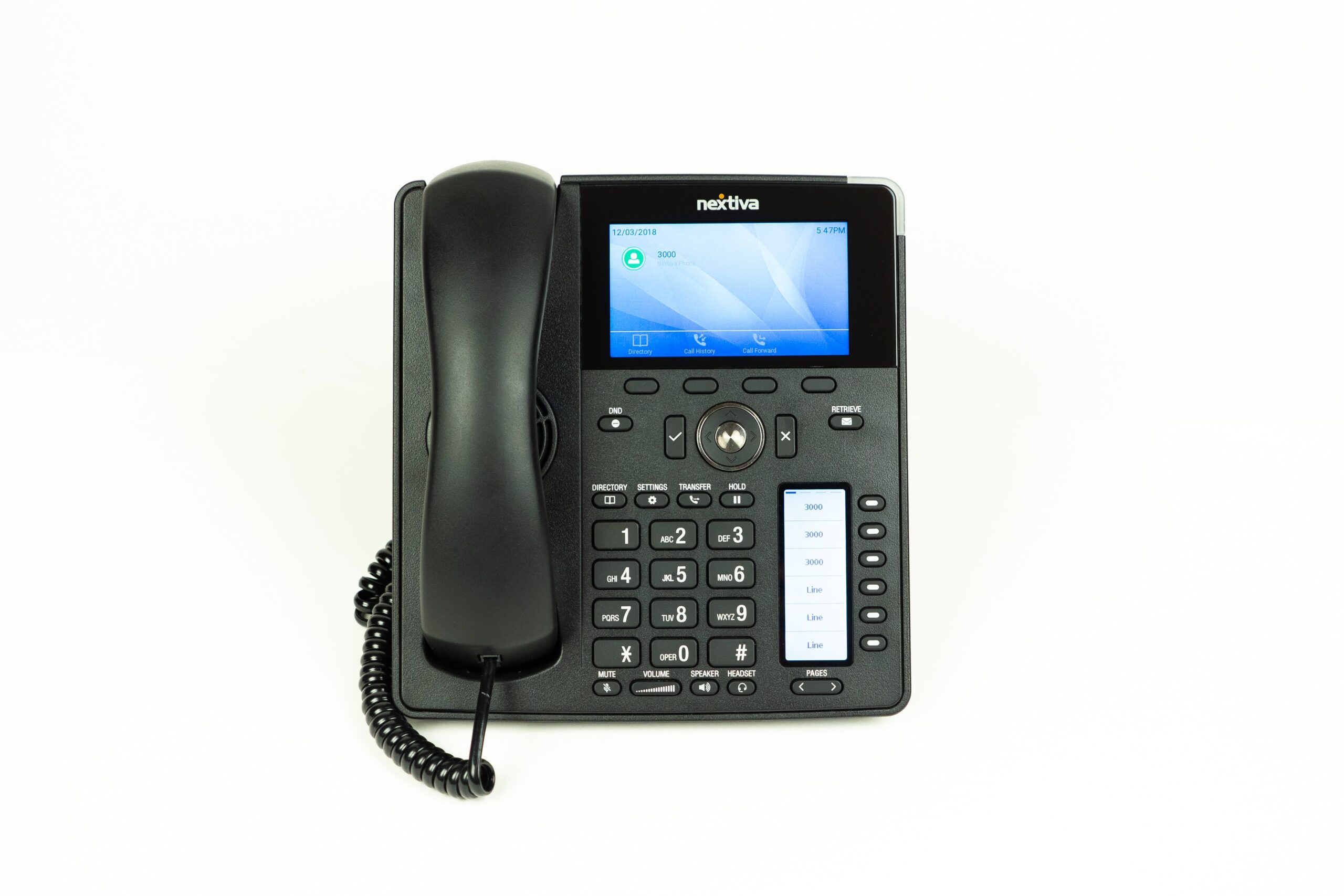Experienced business leaders know that their employees are their most valuable assets. Investing in your employees means investing in the long-term growth and success of your company. As a leader and a manager, though, you know that investing in your employees and managing your teams is a difficult and complex task.
You have a lot of responsibilities and you need to carefully manage many variables to create the right workflow, optimize communication, build the perfect rosters, all the while keeping people happy and productive. It can sometimes seem like an insurmountable task, but employee management can be pretty straightforward if you follow the right steps and implement the right tech.
So, let’s get right down to it and take a look at some smart and easy ways you can streamline employee management. Here’s what you should know.
Introduce a VoIP and PM tool
Firstly, you need to equip your business with a communication and project management tool in order to set the foundation for efficiency and productivity. This is especially important if, like many other businesses, you have also adopted a remote work model, and are currently managing a decentralized workforce. Even if all of your employees are working under the same roof, it’s still important to digitize your communication and provide them with a cloud-based collaboration platform.
First up is a VoIP (voice over internet protocol) system that you can use to unify all communication in your company. VoIP comes with a variety of features like video and audio conferencing and low-cost calling to facilitate communication across the board. It also comes with mobile optimization to enable remote and on-the-go teams.
On the other hand, you have a project management tool that will give you a centralized, cloud-based work environment. The right PM tool will allow all your teams to work together seamlessly in real-time, regardless of their location. It’s also good for accountability and tracking because all data and every action are logged into the system so that you can monitor all projects easily.
Create a communication structure
Of course, you can’t expect a communication or PM tool to solve all your problems, especially if you don’t have a clear and robust communication structure. Also known as the communication hierarchy, this structure aims to simplify all communication in your business, establish clear communication lanes and guidelines, and minimize information bottlenecks.
Start by analyzing your current communication structure. Aim to identify where bottlenecks occur, analyze how and where information flows in your organization, and look for inconsistencies and inefficiencies. What you will most likely find is that there are better ways for your employees to communicate horizontally and vertically.
Build a communication structure based on your findings, detailing exactly how and with whom everyone should communicate. Every employee should know whom to report to, and where every piece of information should go. Disseminate this document throughout your employee collective and make sure your employees internalize it quickly.
Make scheduling smarter
When it comes to making better managerial decisions, you have to focus on improving your scheduling and rostering processes. Creating the perfect roster for every shift, task, project, and the location is paramount to long-term success and efficiency. That said, it’s also important to minimize the risk of error and ensure your rosters are flexible and agile to adapt to every scenario.
You can’t expect to keep track of time and attendance manually without letting something slip through the cracks, which is why you need a dedicated tool. Currently, some of the best time and attendance solutions help you keep track of your roster, schedule your workflow quickly, identify understaffing and overstaffing, minimize scheduling mistakes due to last-minute changes, and optimize your rosters on the fly.
These are the advanced features that will save you a lot of time and effort, but most importantly, help you create the ideal roster every time. With one centralized tool, you should be able to manage your entire workforce efficiently and effectively.
Centralize access to important information
One of the biggest time-wasters in modern businesses is the lack of accessibility when it comes to personal information, relevant company resources, work data and information, and the like. When your employee needs an important piece of info quickly, they typically have to call their team leader or ask around, by which time the lead might have already gotten cold.
The same goes for accessing personal data, for which people need to call HR or put in a written request. To cut this needless time waste and improve efficiency and productivity, you should centralize access to all important information in your company. Store all information in secure data stores, and distribute access across employees, managers, and across the hierarchy accordingly.
Provide the right tools to all departments
Last but not least, don’t forget that every department could use some digital transformation. Analyze the performance of all departments, interview employees, and aim to gain valuable insights into the inner workings of every team.
Look for pain points and challenges that your teams are facing, and consider how you can alleviate some of the pressure by introducing a new tool into their processes. Typically, teams will ask for a department-specific tool that’s optimized for their needs, usually revolving around automation. By implementing a dedicated tool into every department, you can drastically reduce time waste and improve the employees’ quality of life at work.
Wrapping up
Employee management is a nuanced and complex task, but that doesn’t mean that it should be stressful and time-consuming. With these tips in mind, go ahead and create a better management strategy that will help you build a thriving and productive workforce.














